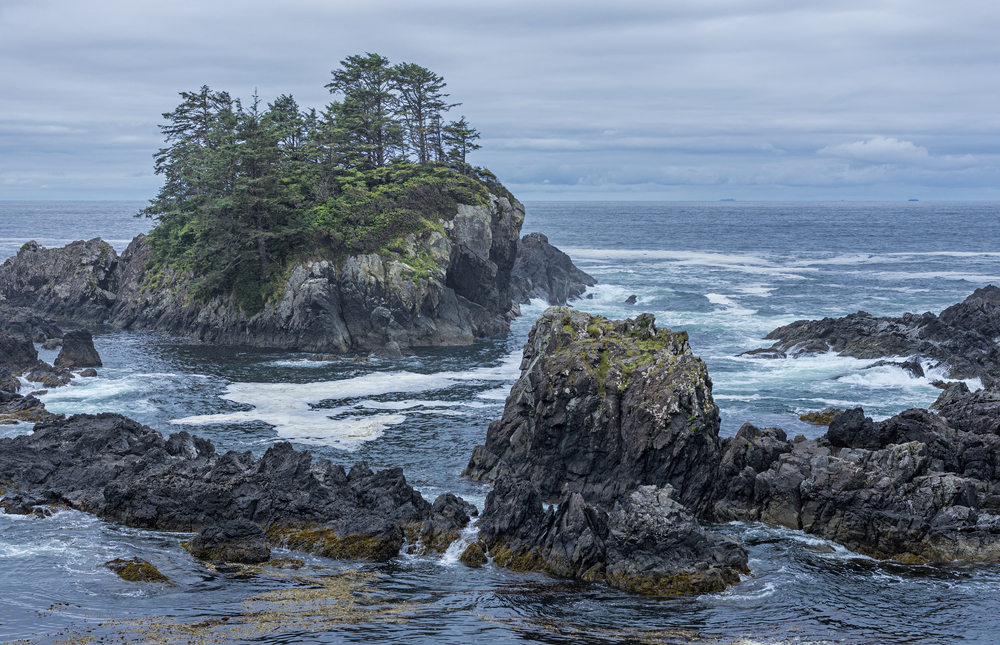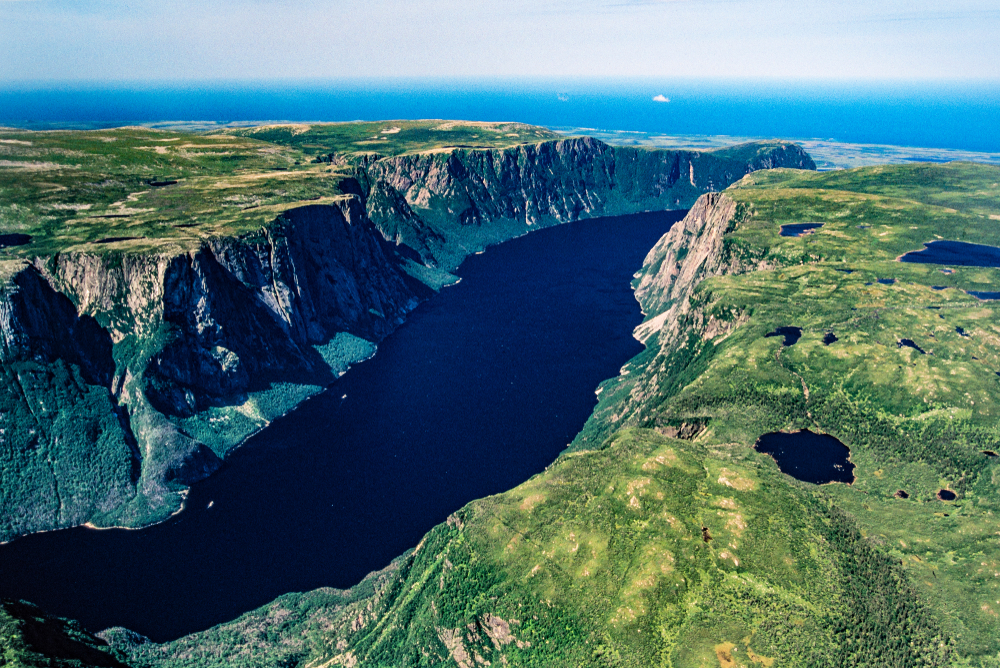Akami-Uapishku-Kakkasuak-Mealy Mountains Overview
Akami-Uapishku-Kakkasuak-Mealy Mountains National Park Reserve, located in the eastern Canadian province of Newfoundland and Labrador, spans approximately 4,131 square miles (10,700 square kilometers).
This vast protected area, established in 2015, is one of the largest national park reserves in Canada and encompasses a remarkable expanse of wilderness within the Labrador region. The park’s name, derived from Innu and Inuit languages, reflects the deep cultural and historical significance of the land to Indigenous peoples who have lived in and traveled through the region for thousands of years.
The landscape of Akami-Uapishku-Kakkasuak-Mealy Mountains National Park Reserve is characterized by its diverse and dramatic terrain, which includes the towering Mealy Mountains, pristine river valleys, boreal forests, and extensive coastal ecosystems along the Labrador Sea. The Mealy Mountains, reaching elevations of up to 3,773 feet (1,150 meters), dominate the skyline with their rugged slopes and alpine plateaus.
The park is also home to vast stretches of taiga and subarctic tundra, creating a varied and visually striking environment. The Churchill River, one of the region’s most significant waterways, carves its way through the park, while the shores of Lake Melville form an essential transition between the inland wilderness and the Atlantic coast. Lush black spruce and balsam fir forests give way to delicate tundra vegetation at higher elevations, while peatlands and wetlands contribute to the park’s rich biodiversity.
Wildlife thrives within this largely undisturbed expanse, with many species uniquely adapted to the region’s harsh climate. One of the park’s most notable inhabitants is the threatened Mealy Mountains caribou herd, which roams the forests and highlands.
Black bears, wolves, and moose also traverse the rugged terrain, while smaller mammals such as Canada lynx, red foxes, and beavers inhabit the woodlands and waterways. Birdlife is abundant, with the park providing critical habitat for species such as the peregrine falcon, bald eagle, and osprey. Migratory shorebirds and waterfowl, including common loons and harlequin ducks, frequent the coastal areas and wetlands, making the park an important breeding and feeding ground for avian life.
The park is an emerging destination for adventure seekers and nature enthusiasts, offering a range of outdoor activities in a remote and pristine setting. Backcountry hiking and camping provide visitors with opportunities to experience the untouched beauty of the Mealy Mountains, while paddling along the Churchill River or exploring the waters of Lake Melville offers breathtaking views of the surrounding wilderness.
Winter activities such as snowshoeing and cross-country skiing allow for unique cold-weather explorations. Cultural tourism is also significant, with Indigenous-led experiences providing insight into the deep connections between local Innu, Inuit, and other Indigenous communities and the land.
Conservation efforts within Akami-Uapishku-Kakkasuak-Mealy Mountains National Park Reserve focus on preserving its unique ecological and cultural heritage. The park’s establishment was a major success in protecting vital caribou habitat and ensuring that traditional Indigenous land use could continue sustainably.
However, challenges such as climate change, habitat degradation, and balancing conservation with responsible tourism remain. Park management collaborates closely with Indigenous groups, emphasizing co-management strategies to ensure the long-term protection of the land while respecting its cultural importance.


















































































